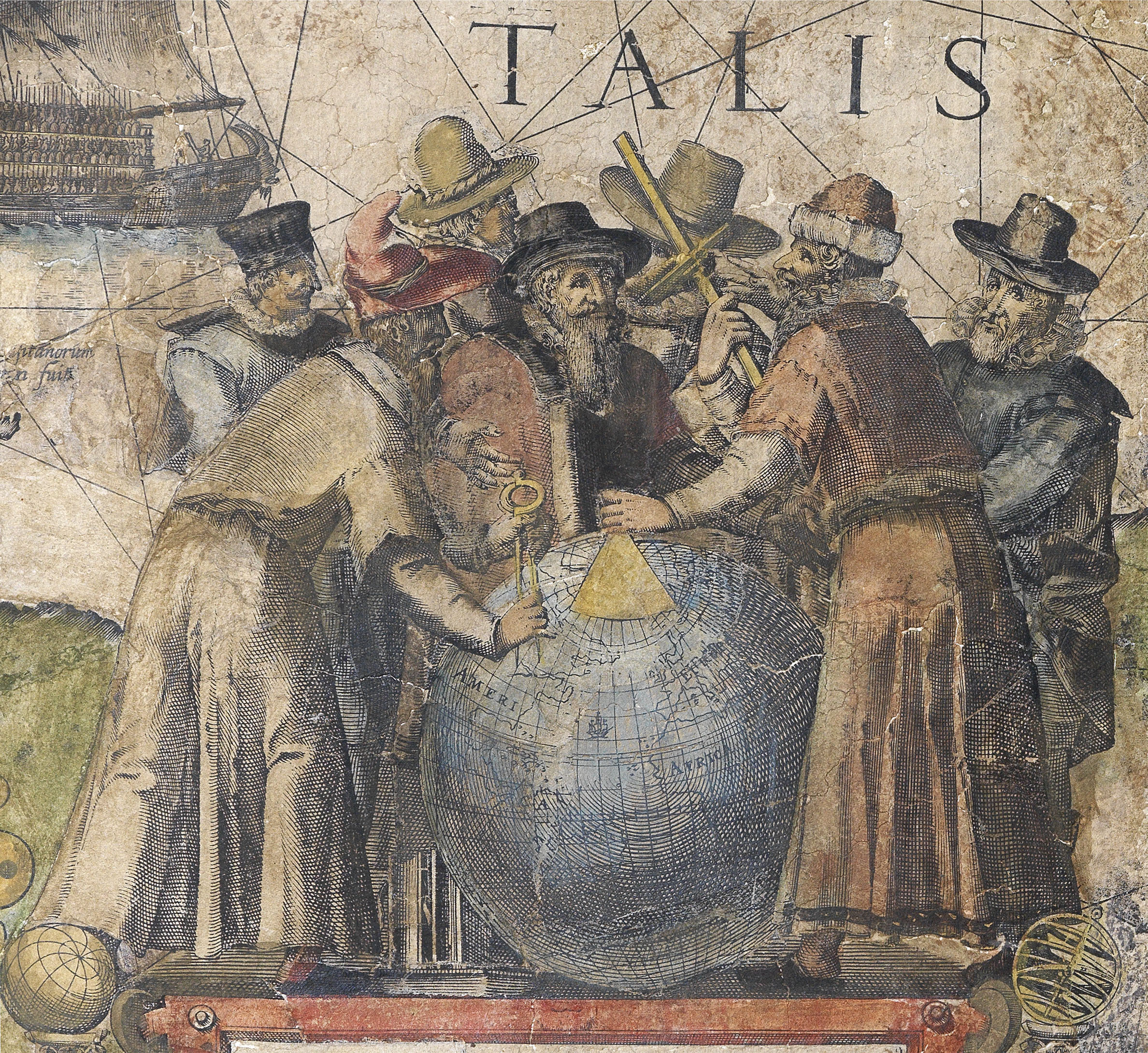Christopher and John Greenwood

The brothers Christopher (1786-1855) and John (1791-1867) Greenwood were surveyors from Yorkshire, who undertook an ambitious, but ultimately unsuccessful, project to produce a series of large-scale maps of the counties of England, Wales and Scotland.
Christopher Greenwood emerges as a surveyor in Dewsbury in 1812, although we know nothing of his early training. He subsequently moved to Wakefield, where he published his first two surveys: of Yorkshire and Lancashire. In 1818, he moved to London, where he established a partnership with George Pringle, a solicitor, and his son, also George, who provided the capital and operated the business side of the partnership, while Christopher conducted the surveying side. They were later joined by John Greenwood, and worked with George Kemp.
The Greenwoods were very productive. The London partnership published two county surveys in 1819, three in 1820, one in 1821, three in 1823, two in 1824, four in 1825, seven in 1826 and three in 1827. At this point, the pace of publishing slowed, suggesting that the firm was beginning to have financial trouble. Kemp left the surveying partnership in 1827, while the publishing partnership ended in 1828.
The Greenwoods continued alone, published two more surveys in 1828, none in 1829, two in 1830, and then one in 1831, all the while updating their existing maps. The speed at which they worked is impressive; this may account for their surveys not being quite up to the standard of Bryant’s but, nonetheless, the maps represent a remarkable, and impressive, surveying achievement, forming an important record of the counties depicted.
In an attempt to utilize their survey materials, the brothers also produced an elephant folio Atlas of the counties of England, from actual surveys made from the years 1817 to 1833, which appeared in two volumes; the atlas was a success, but too late. Christopher was imprisoned for debt in 1834 and their printing plates sold to pay their debts. Greenwood’s remaining stock-in-trade was sold at Sotheby’s in 1840.
From here, the brothers retreated into relative obscurity, Christopher working as a land-surveyor in Exeter in 1851, while John returned to Yorkshire, also working as a land-surveyor.
Their legacy of large-scale surveys of thirty-five counties of England and Wales is an impressive one, but they are best known today for their large survey of London, published in 1827, on six sheets; a second set of plates were published in 1830, and reprinted thereafter. It forms one of the finest surveys of London of the period, and among the most collectable.
 Rare Maps
Rare Maps  Rare Atlases
Rare Atlases  Rare Books
Rare Books  Rare Prints
Rare Prints  Globes and Planetaria
Globes and Planetaria 






